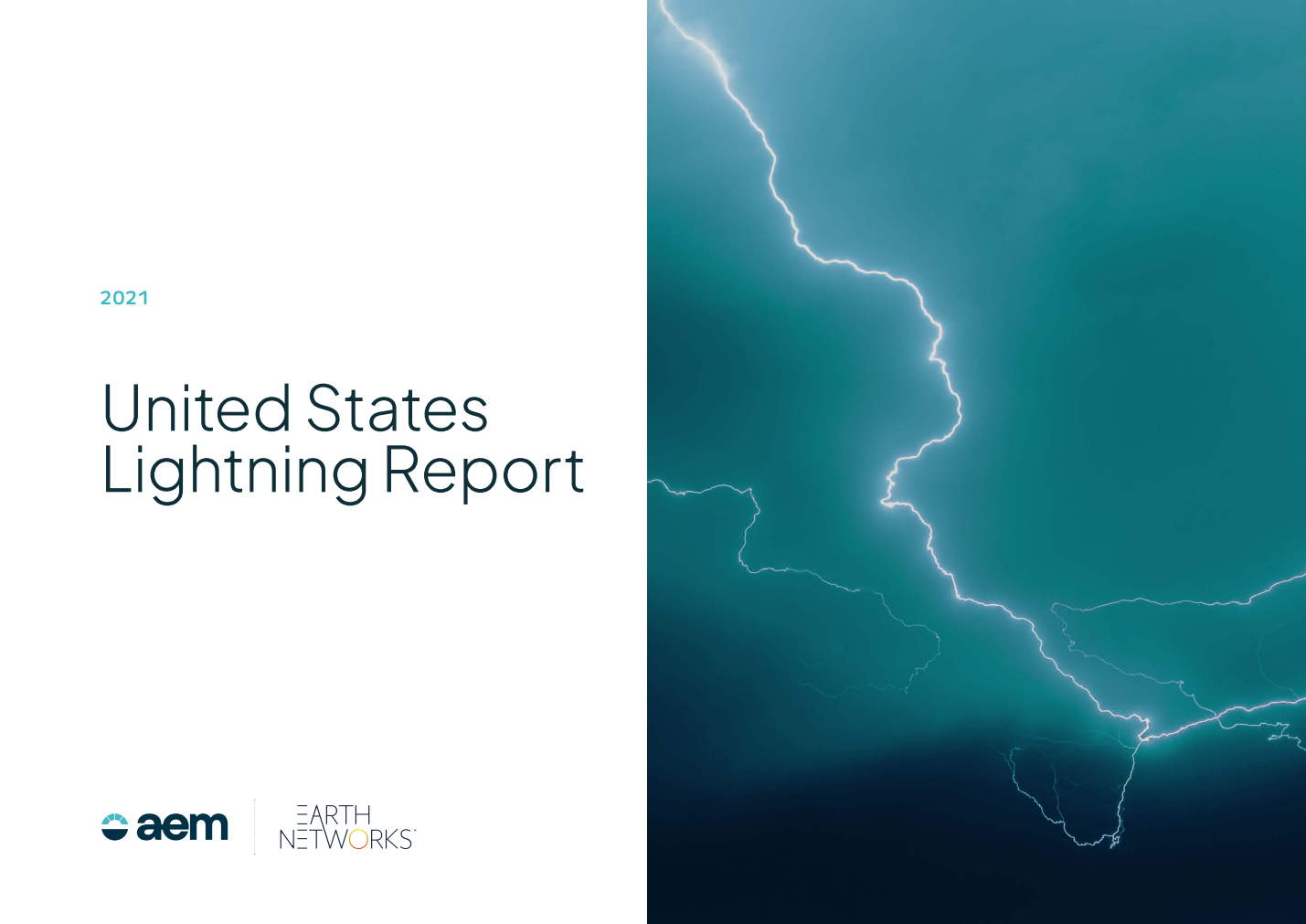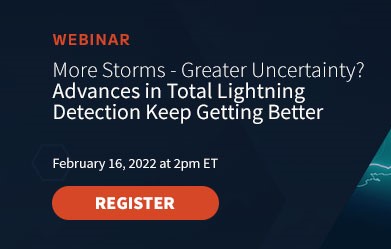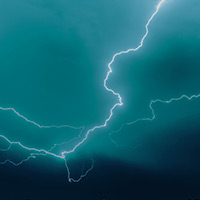Two Models Tee Off

When it comes to improving lightning detection safety at your golf course, there can be no compromises. The best systems must be in place to protect your golfers, staff, and other visitors. Golf courses and country clubs alike need to prioritize guest safety from severe weather throughout the season. So what's the best way to improve lightning safety?
Is there a difference between lightning prediction and lightning detection? Yes, and it's a big one. So big, that over 30 of our golf courses just switched from one to the other. Can you guess what they switched to? Let's take a look at the advantages and disadvantages of both lightning prediction and lightning detection systems.
Lightning Prediction
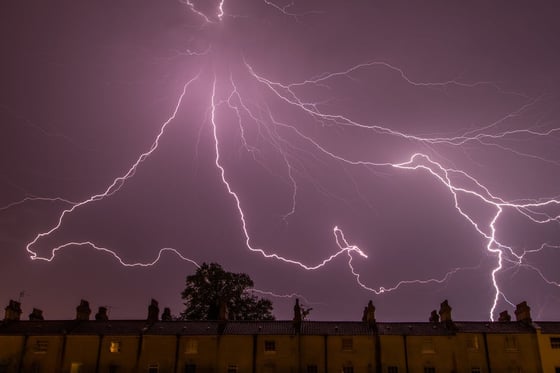
Lightning prediction systems work in a way that predicts electrostatic force in the atmosphere. This an issue, because electrostatic events other than lightning strikes can trigger a false alarm and pull golfers off of the course for no reason. For example, ambient charges by nearby electric equipment can set off prediction units. These false alarms can be avoided - but at a cost. Equipment manufacturers will set thresholds high, resulting in greater potential for unreported storms.
Another downside to this type of safety systems is that there are no other weather conditions that they can predict. For example, this type of system cannot predict a tornado or a downpour. In fact, these units can't tell for certain if there will actually be a storm on your course.
Two final issues for courses with prediction systems are that placing and maintaining them are difficult tasks. These systems need to be placed somewhere high, away from electrical equipment and trees. With the beautiful landscape of golf courses, finding a high enough space away from trees can prove difficult. They also need to be maintained frequently as fallen debris can disable the machine's capabilities.
Lightning Detection
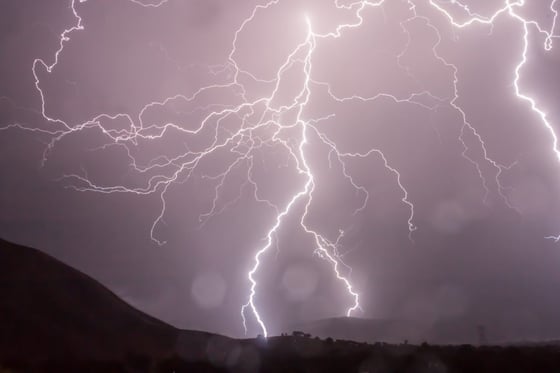
While there are just a few lightning prediction systems on the market, lightning detection units make up the majority of the market. This is because these systems have scientific backing. Most of these units actually monitor lightning in the area. The best systems will even monitor total lightning in real-time. The is the combination of cloud-to-ground lightning strikes and in-cloud lightning strikes. Total lightning gives insights to not only what type of strikes are occurring, but what type of storm is moving your way as well, like tornadoes or hail.
Another plus of these systems is that network detection has long-range detection capabilities. While single-node detection systems can only gather information from about 20 miles away, network detection systems can cover states, countries, or even continents. Long-range capabilities are key for golf courses looking to improve lightning safety because lightning strikes can extend up to 25 miles or more.
And the Winner is...

The safest, most accurate lightning safety system is a lightning detection system. The bottom line is: If you could really predict the exact time and location of future strikes just by monitoring electrostatic discharges, wouldn't every company be doing it?
There are some things your golf course or country club can skimp out on, but safety should always be regarded with the utmost importance. While lightning strike tragedies seem random and unlikely, the fact of the matter is it can happen at your course. Oftentimes, we see that courses and other outdoor recreation facilities don't look to invest in severe weather safety efforts until a tragedy occurs at their location or nearby. Waiting until then can be fatal for your golfers and even for your business.
Keep up with best practices if you're working to improve lightning safety efforts, install a network-based lightning detection system. To learn more about the responsibility of protecting visitors from severe weather, download our When Liability Strikes eBook.


